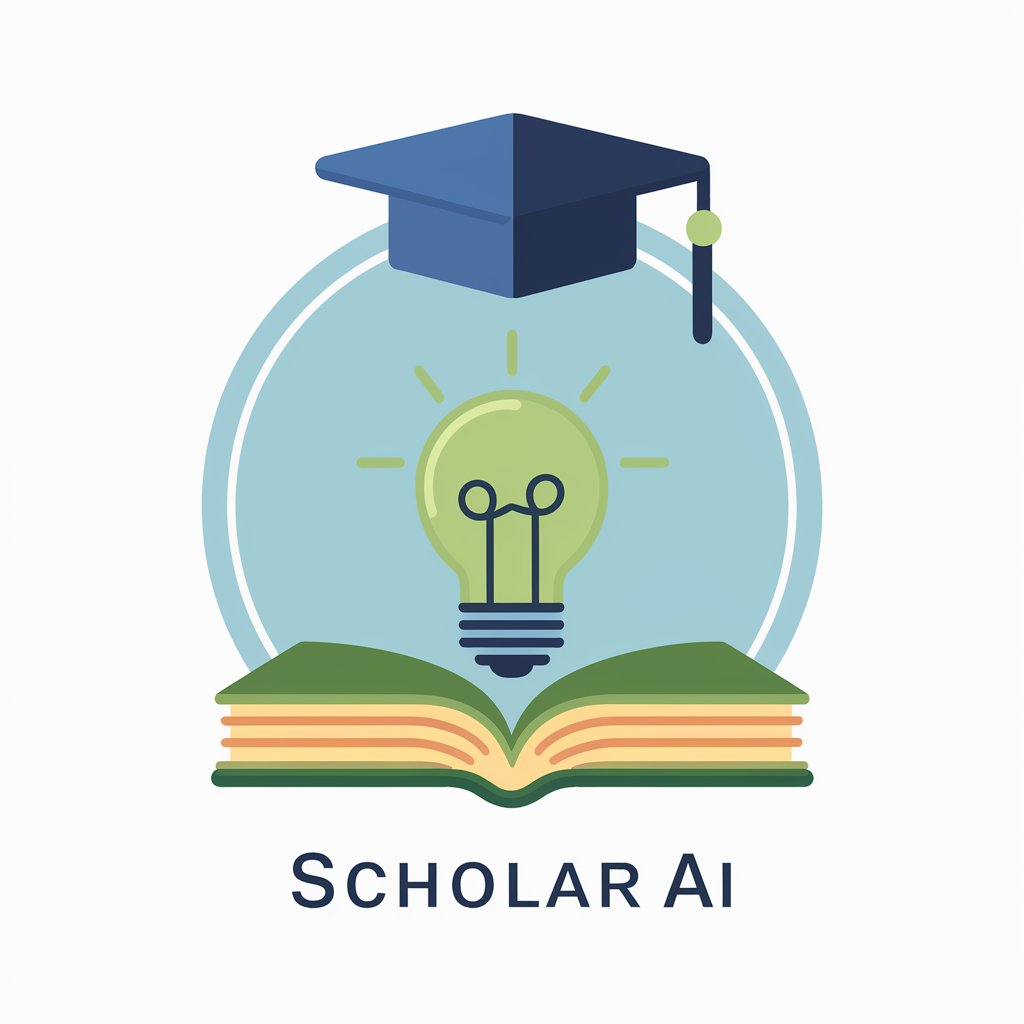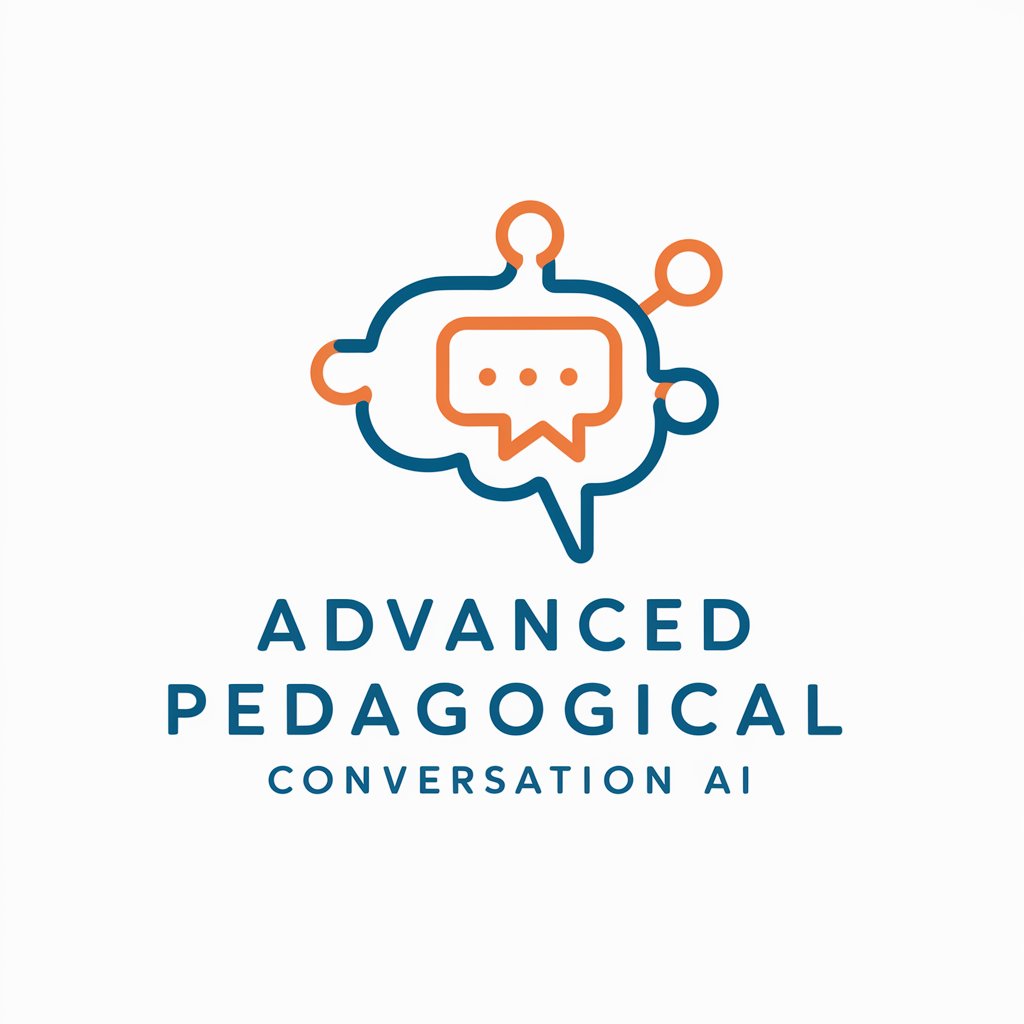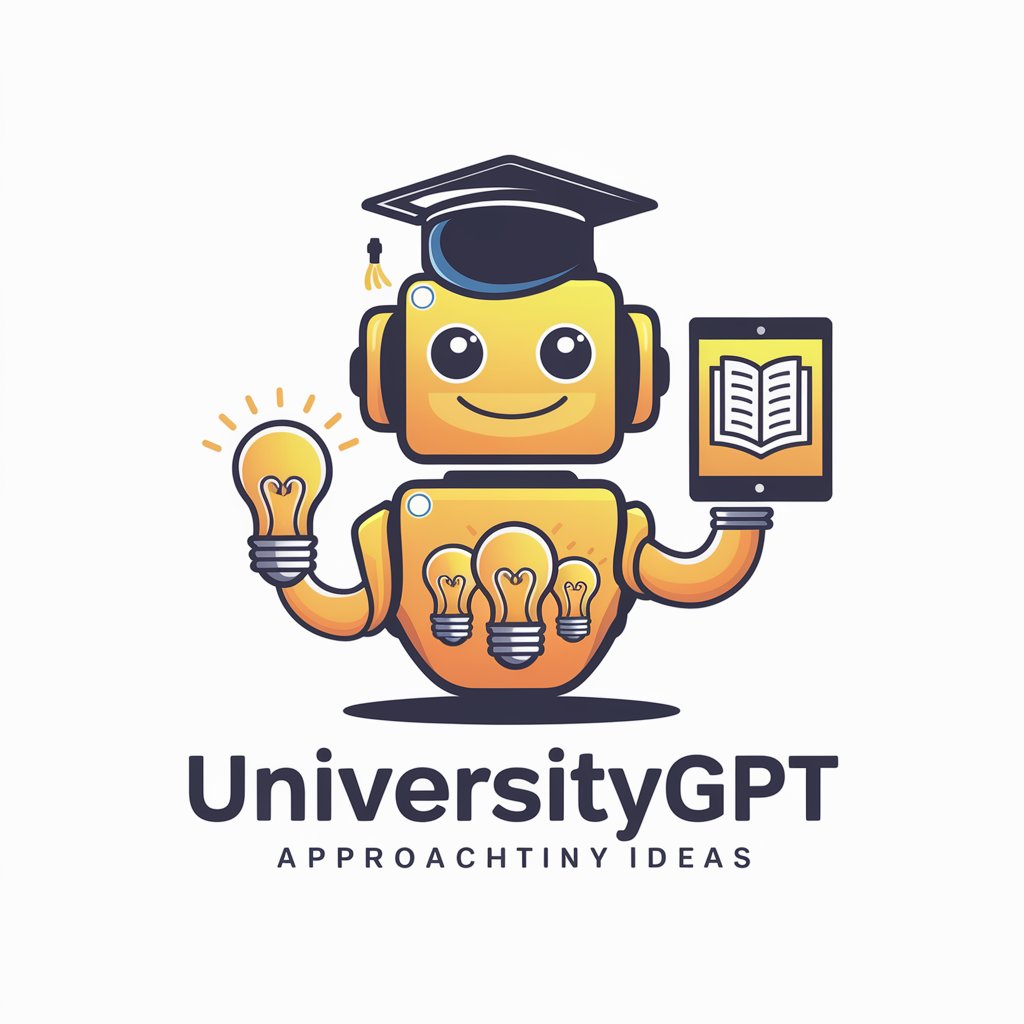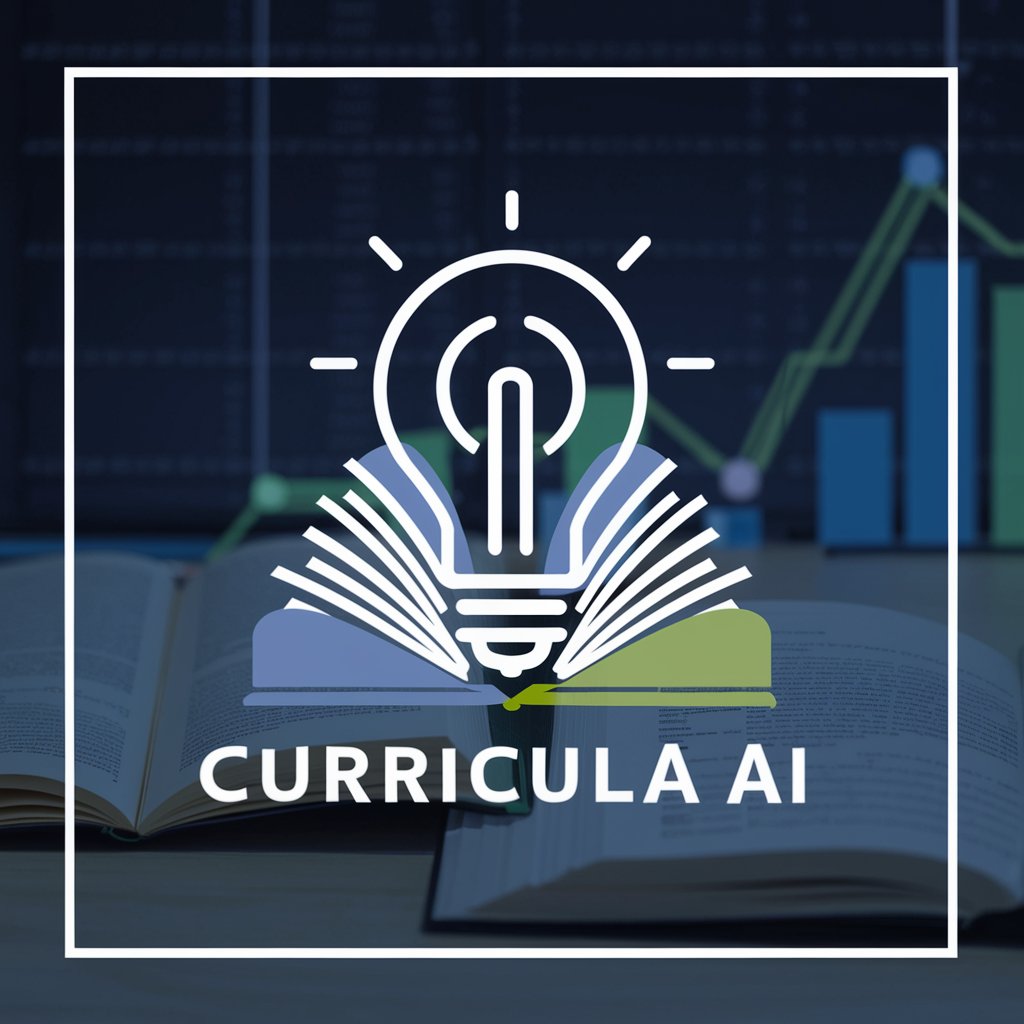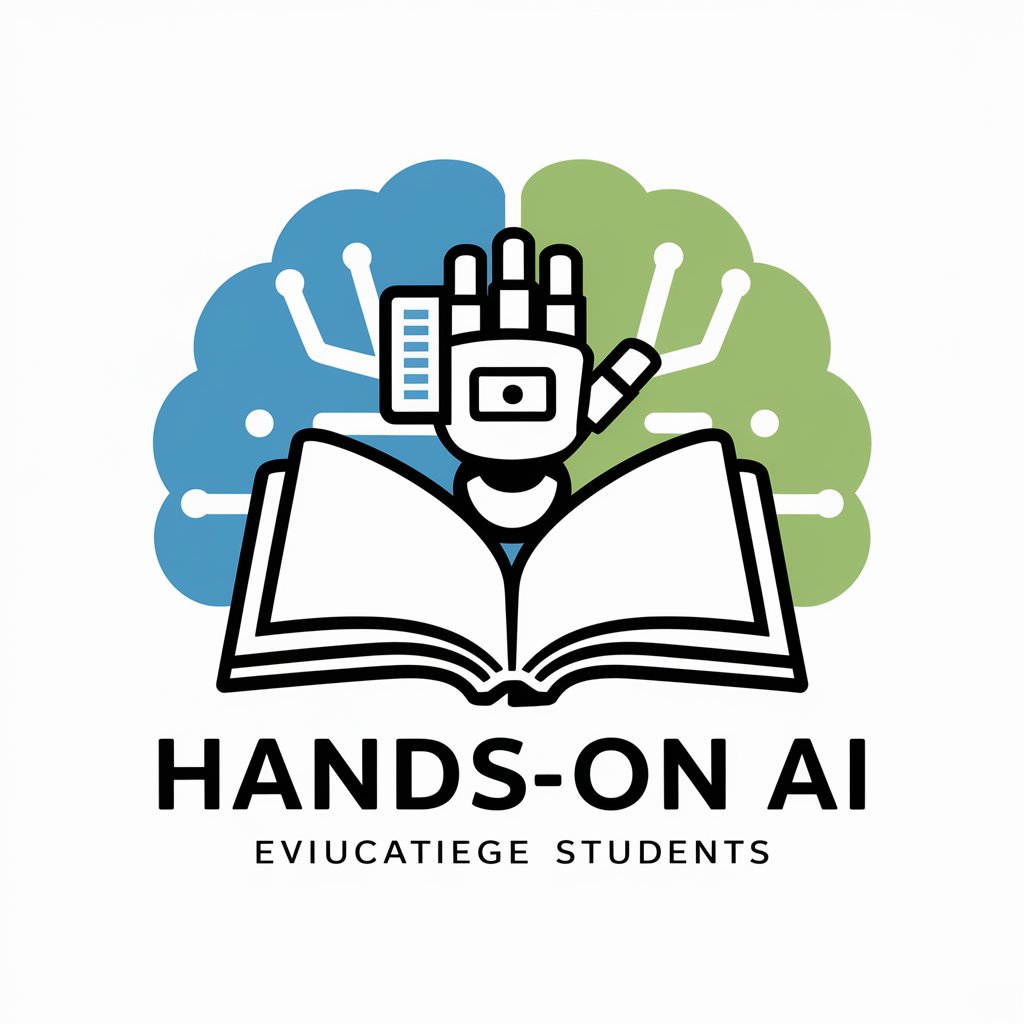
Practical AI in Higher Ed - AI-powered Academic Support

Welcome to Practical AI in Higher Ed! Let's explore AI's potential in education together.
Empowering Education with AI
How can AI tools be integrated into higher education to improve learning outcomes?
What are some effective strategies for using generative AI in university research?
Can you explain the ethical considerations of using AI in academic environments?
How can faculty leverage AI to streamline administrative tasks and enhance student engagement?
Get Embed Code
Understanding Practical AI in Higher Ed
Practical AI in Higher Ed is designed as an expert system tailored for the unique ecosystem of higher education, focusing on integrating artificial intelligence tools to enhance educational practices, research methodologies, and administrative efficiencies. It aims to facilitate a seamless adoption of AI technologies among educators, researchers, and administrative staff by providing insights, strategies, and practical advice on leveraging AI. For instance, it might guide a professor in utilizing natural language processing (NLP) tools to analyze student feedback, or suggest how administrators can implement AI-driven analytics to improve campus operations. Powered by ChatGPT-4o。

Core Functions of Practical AI in Higher Ed
Educational Content Analysis
Example
An educator uses AI to interpret student essays, providing insights into common themes, comprehension levels, and potential misunderstandings. This allows for tailored feedback and instruction.
Scenario
In a literature course, the professor employs NLP tools to analyze students' essay submissions for thematic consistency and depth of analysis, facilitating more personalized and impactful feedback.
Research Acceleration
Example
Researchers utilize machine learning algorithms to sift through vast datasets, identifying patterns and correlations that would be impractical to discover manually, thereby accelerating the research process in fields such as epidemiology or sociology.
Scenario
A team of sociologists employs AI to process and analyze social media data, uncovering trends in public sentiment towards healthcare policies, which informs their research findings and recommendations.
Administrative Automation
Example
Administrative staff implement AI-driven systems to automate routine tasks such as scheduling, student inquiries, and resource allocation, increasing efficiency and allowing staff to focus on more strategic activities.
Scenario
A university's admissions department uses an AI chatbot to handle common inquiries from prospective students, streamlining the process and ensuring timely responses.
AI in Curriculum Development
Example
Educators integrate AI tools into the curriculum, preparing students for the future job market by equipping them with relevant AI knowledge and skills.
Scenario
A computer science department integrates an AI module into its curriculum, where students learn to develop and apply machine learning models, preparing them for careers in AI and data science.
Who Benefits from Practical AI in Higher Ed?
Educators
Professors, lecturers, and instructors who seek innovative ways to engage students, personalize learning experiences, and streamline grading and feedback processes through AI tools.
Researchers
Academic and institutional researchers looking to enhance their study designs, data analysis, and dissemination of findings with the efficiency and scalability of AI technologies.
Administrative Staff
University administrators and support staff aiming to improve operational efficiencies, student services, and decision-making processes through the adoption of AI-driven solutions.
Students
Students pursuing studies in fields related to AI, as well as those benefiting from AI-enhanced learning tools and resources, preparing them for a technologically advanced job market.

How to Use Practical AI in Higher Ed
Start Your Journey
Access a trial effortlessly by visiting yeschat.ai, which offers a free trial without the need for login or subscribing to ChatGPT Plus.
Identify Your Needs
Determine the specific challenges or tasks you're facing in the higher education context, such as curriculum development, research analysis, or student engagement strategies.
Explore Features
Familiarize yourself with the tool's capabilities, including generating academic content, providing feedback on assignments, or facilitating interactive learning experiences.
Apply in Practice
Start implementing the tool in your daily tasks or projects. Experiment with different features to see how they can enhance your workflow, teaching methods, or research processes.
Evaluate and Adapt
Regularly assess the impact and effectiveness of the AI tool in your educational practices. Seek feedback from colleagues and students, and adjust your usage strategies accordingly.
Try other advanced and practical GPTs
Info Master
Elevate your knowledge with AI-powered insights.
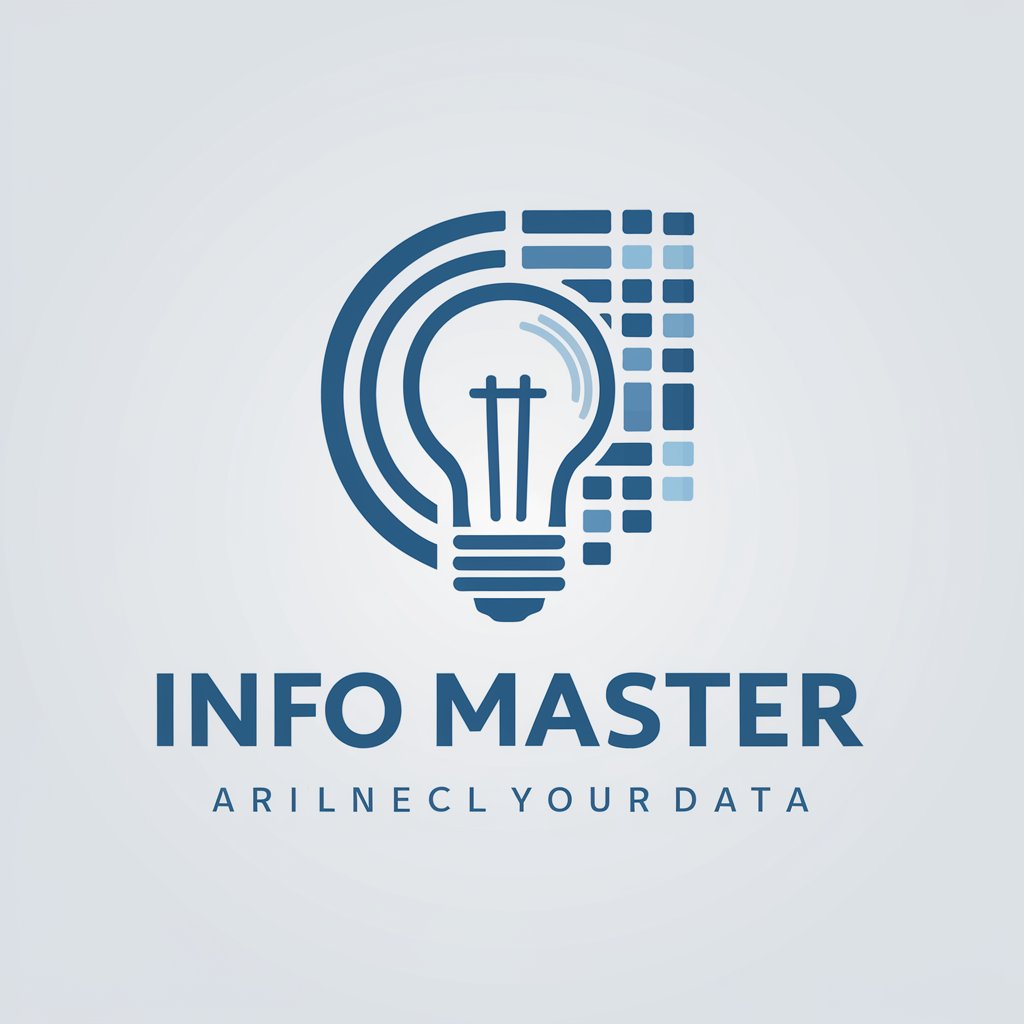
Java Mentor
Empowering Java Learning with AI

Eassy Toby
Elevating Essays with AI
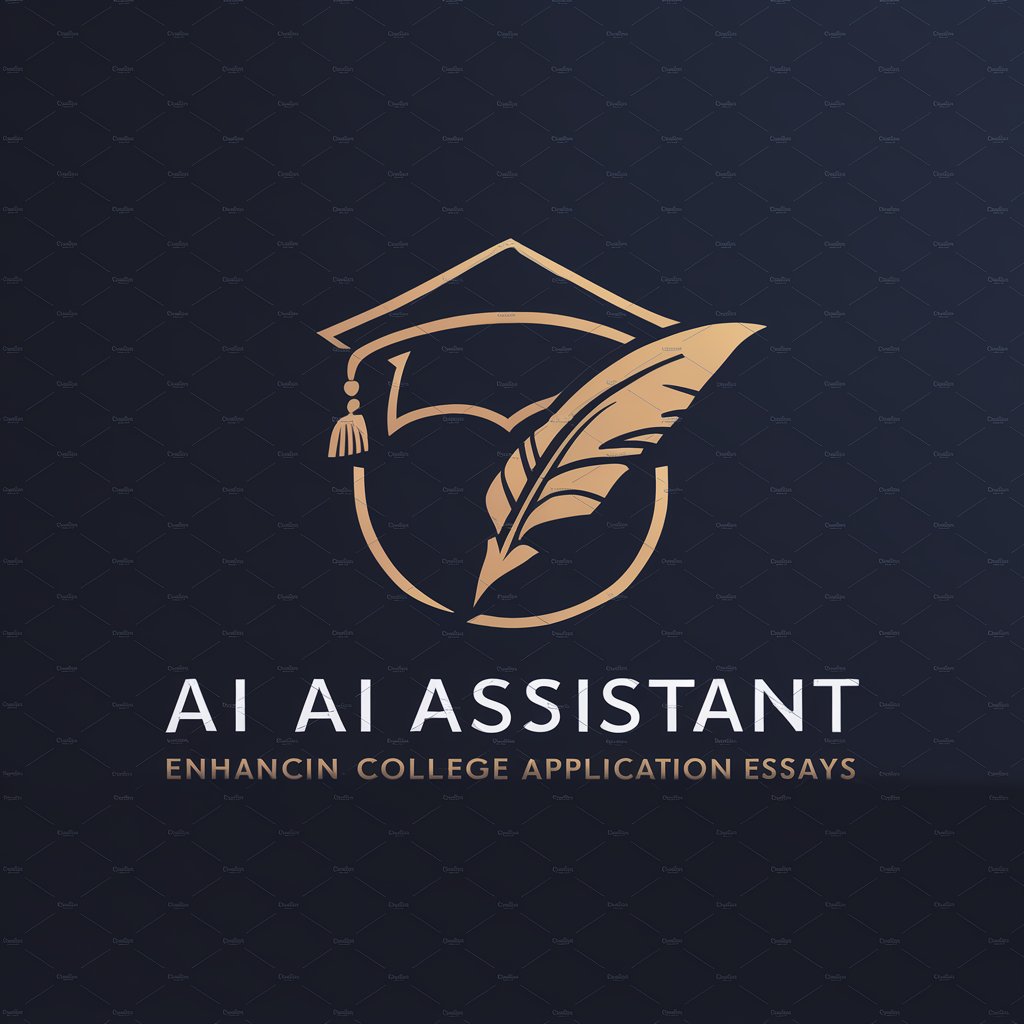
HookMaster 3000
Crafting Engaging TikTok Content with AI
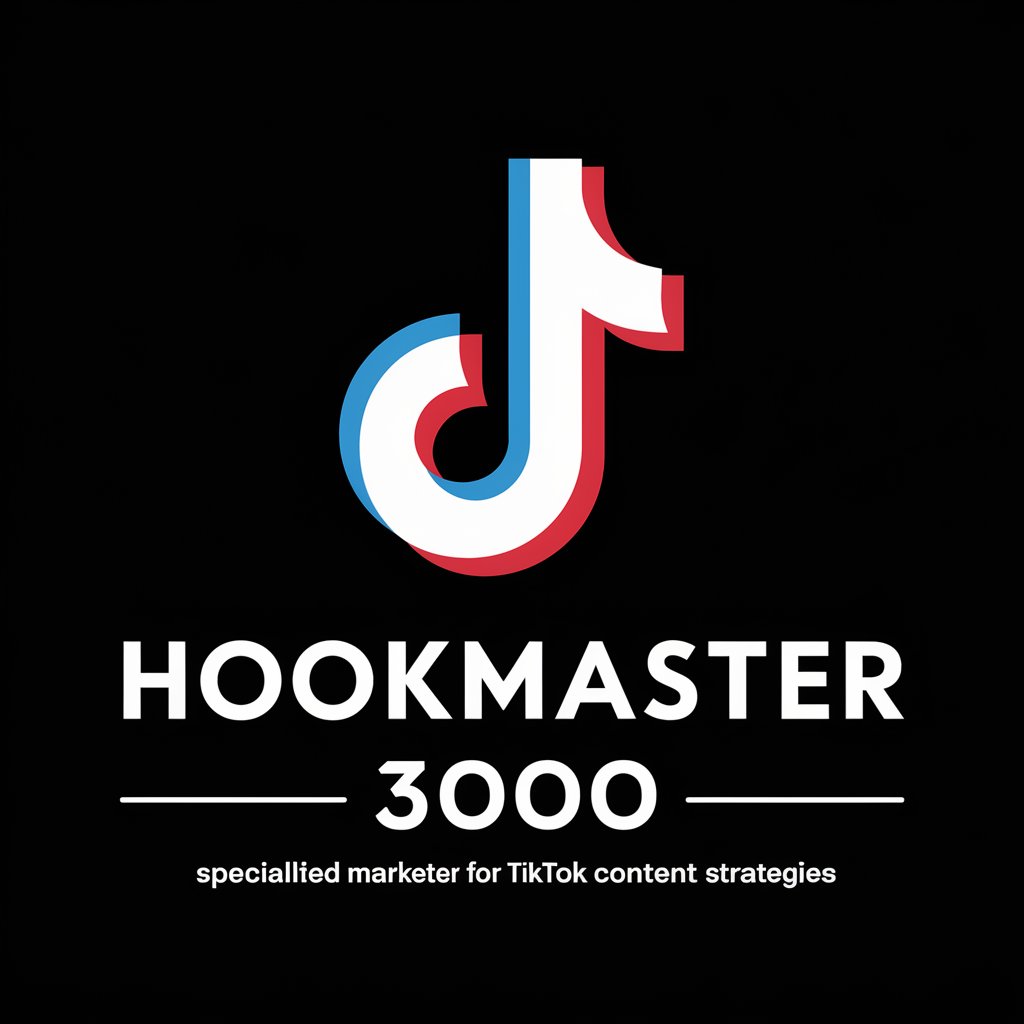
Timeless Dialogues
Reviving History with AI-Powered Dialogues
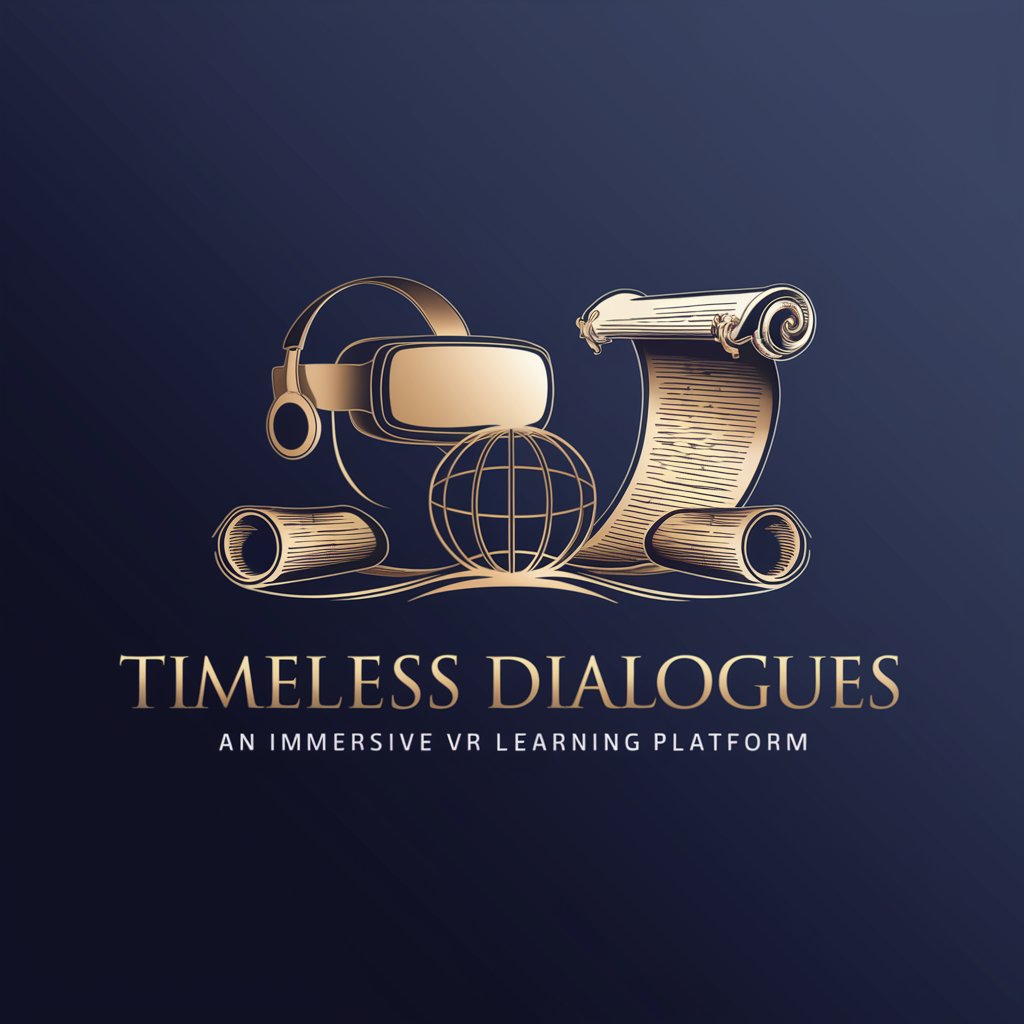
Learninghubz Content Curator
Streamlining Professional Learning with AI

FOBA Fete Quantum Guide
Your AI-powered Carnival Companion
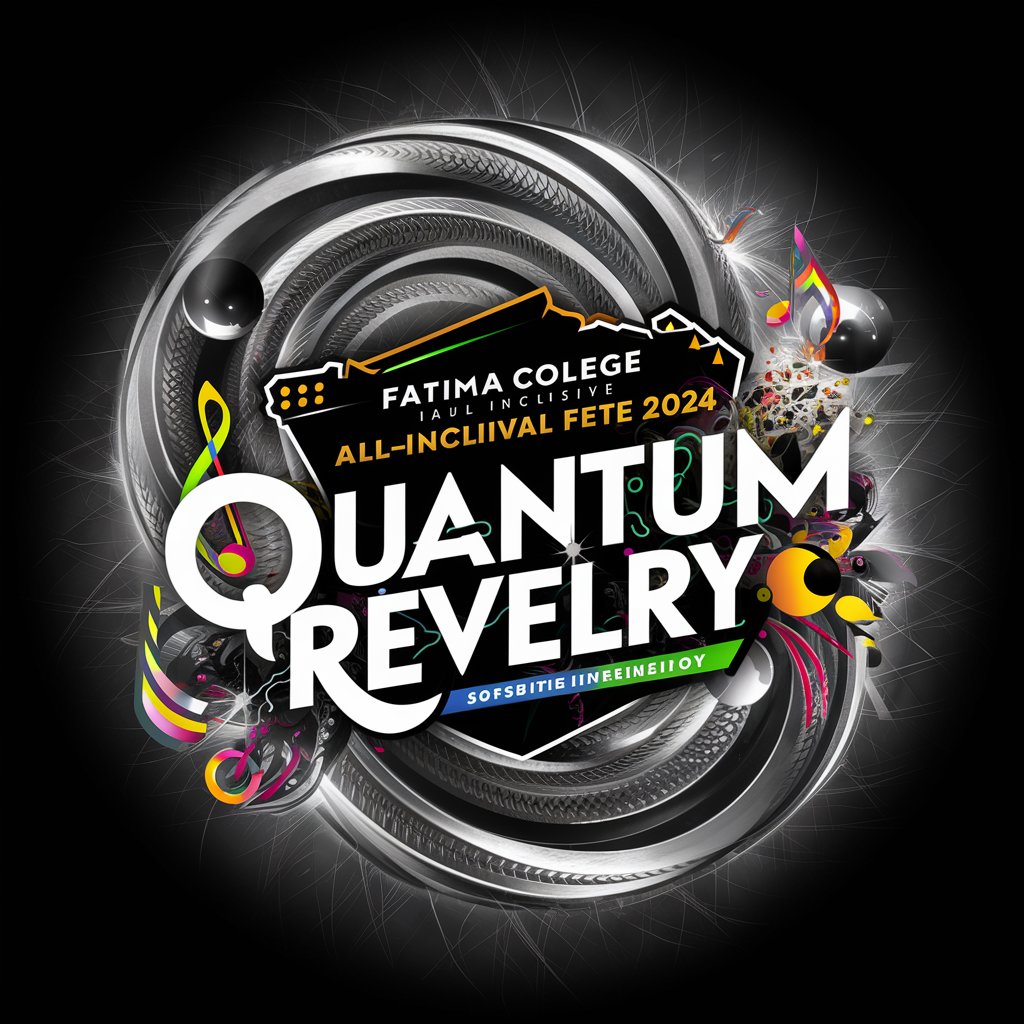
DigitalDynamo AI by Uply Media, Inc.
Elevate Your Digital Presence with AI
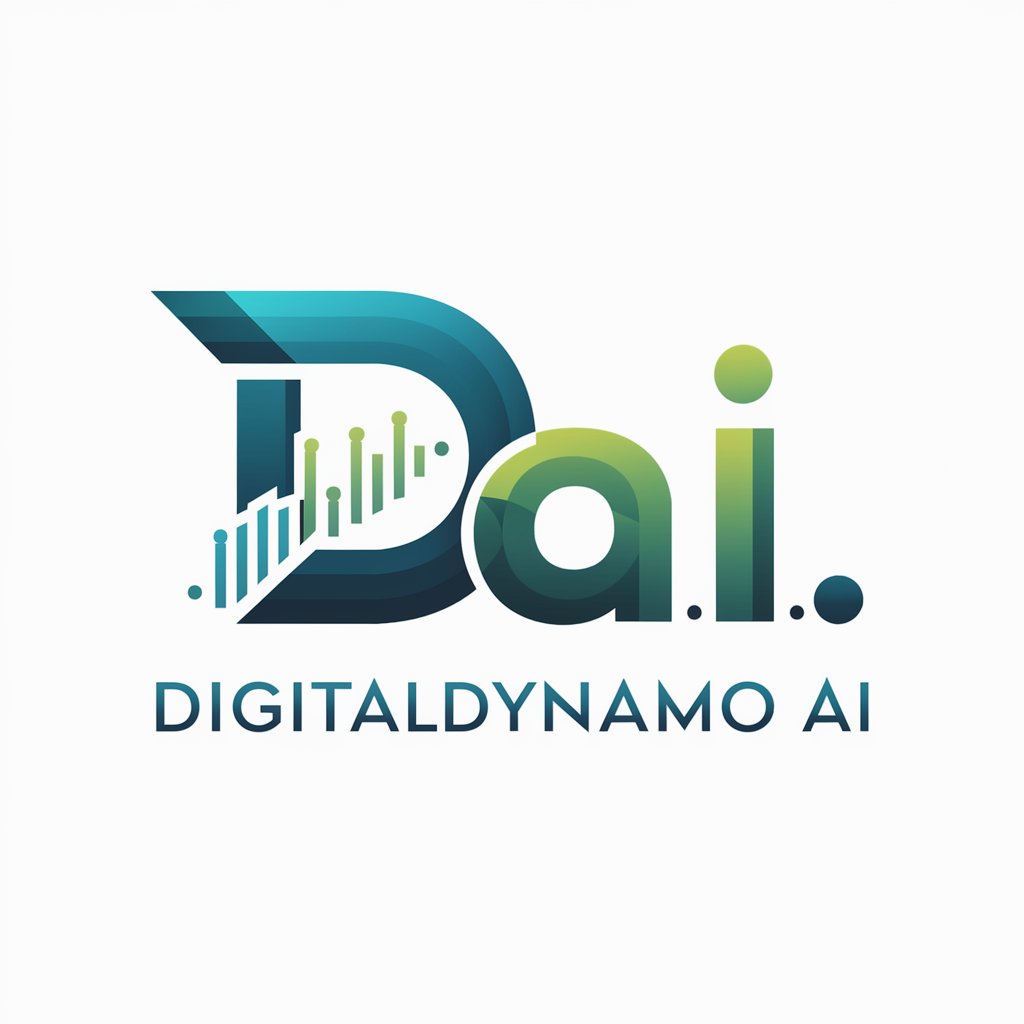
The Waving Cat Explorer
Navigate Knowledge with AI-Powered Curiosity
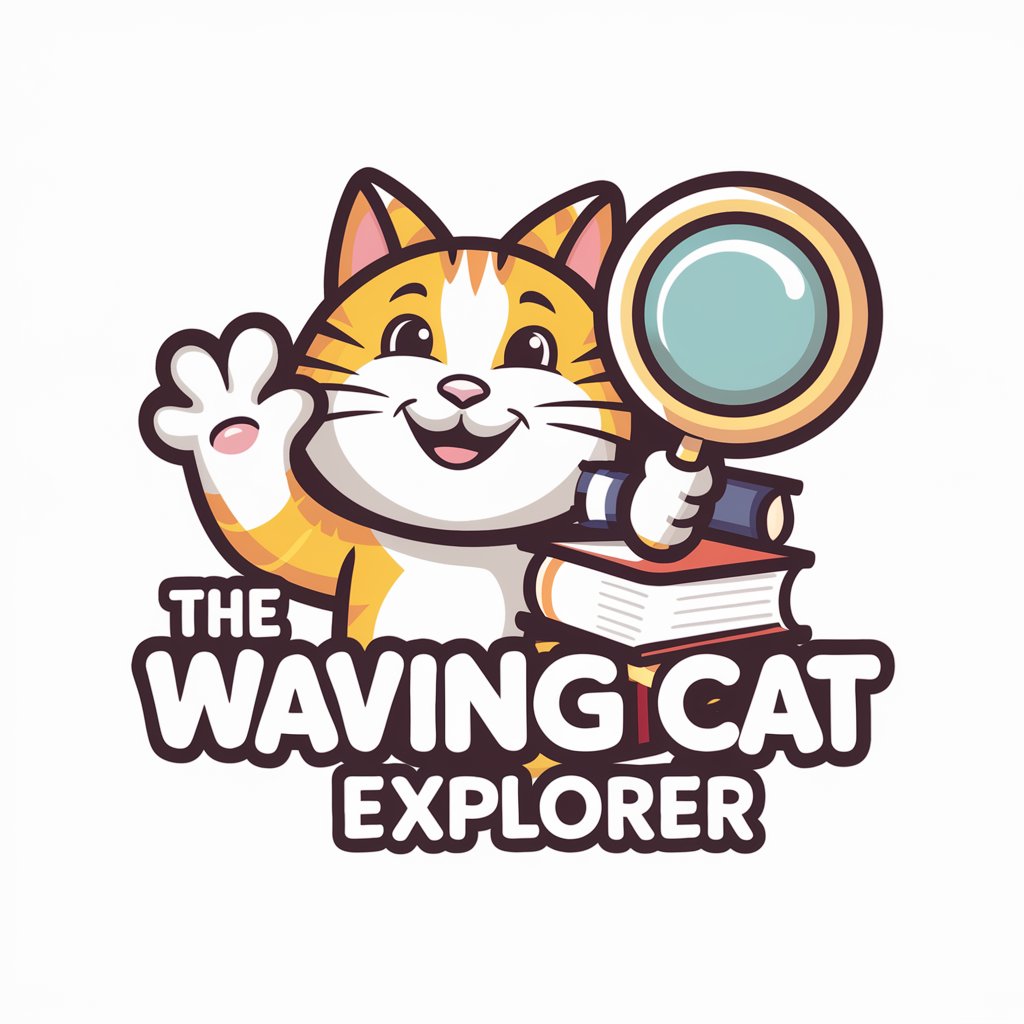
YogaDepth
Integrating Sanskrit, Anatomy, and Aromatherapy into Yoga

SEO
Elevate Your Online Presence with AI-Powered SEO

Free Music Promotion GPT
Elevate Your Music, Ethically Powered by AI
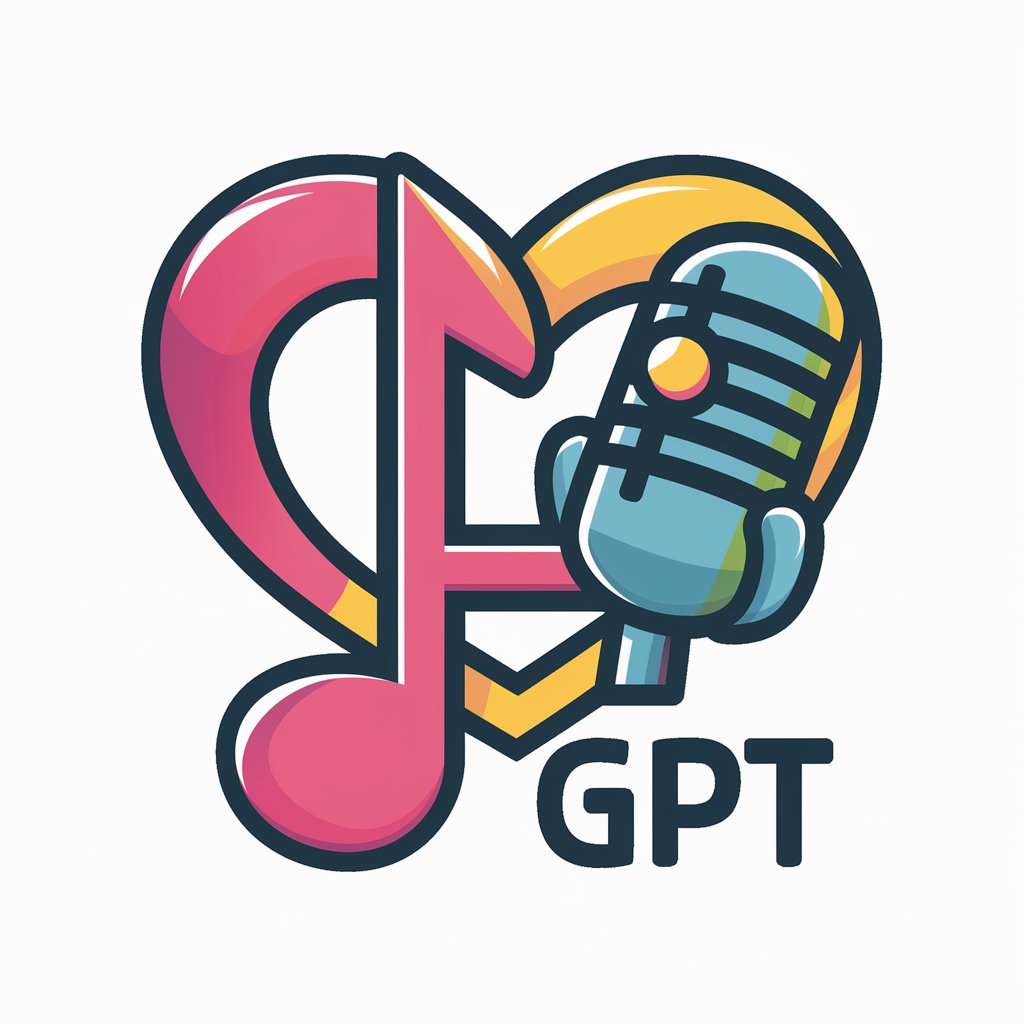
Frequently Asked Questions About Practical AI in Higher Ed
What makes Practical AI in Higher Ed unique?
This tool stands out for its focus on the specific needs of higher education professionals, offering tailored solutions for teaching, research, and administrative tasks. Its adaptability across different disciplines and its user-friendly interface make it a valuable asset in academic settings.
Can it assist with academic research?
Absolutely. The tool can analyze vast amounts of literature, identify research gaps, and even suggest potential research questions. It's also capable of summarizing articles, which can significantly speed up the literature review process.
How does it enhance student engagement?
By generating interactive and personalized learning materials, the tool can address diverse learning needs and styles. It can create quizzes, simulations, and even facilitate discussions, making learning more engaging for students.
Is there support for non-technical users?
Yes, the tool is designed with a focus on ease of use. It offers guides, tutorials, and customer support to help non-technical users navigate its features and apply them effectively in their work.
How can it be used for curriculum development?
It aids in the design of curricula by providing data-driven insights into learning outcomes, suggesting relevant materials, and offering templates for course structures. This helps educators create more effective and engaging courses.
